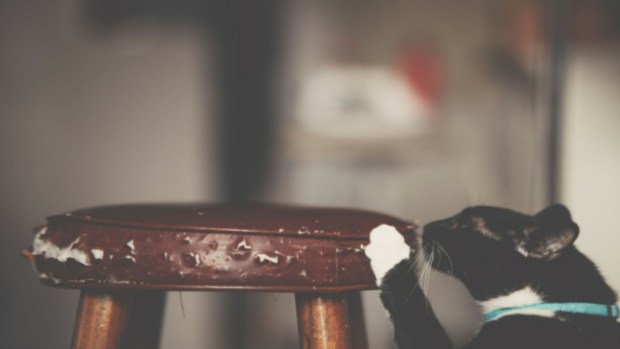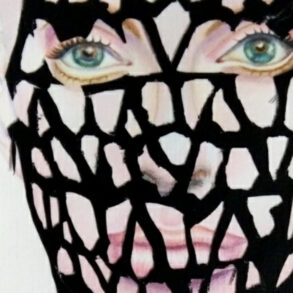5 tips to protect furniture and carpet from cat scratches: provide scratching posts, use sticky paws, cover furniture, use deterrent sprays, trim cat’s claws.
While cats undeniably adore scratching, it can pose challenges for your furniture and carpet. Dealing with the aftermath of their scratching sessions can be quite vexing. As much as you cherish your feline friend, the sight of a frayed sofa or shredded rugs is far from ideal.
To come up with the best ways to protect furniture and carpets from cat scratching, we’ve compiled a top list of tips from two interior design experts: Raf Michalowski from Meble Furniture and Zara O’Hare from Land of Rugs.
1.) Provide quality scratching posts
One of the most recommended tips is to provide your cat with alternative scratching surfaces such as scratching posts or boards. By providing designated scratching areas, you can redirect your cat’s scratching behavior away from your furniture and carpets.
Experts suggest placing these scratch-friendly surfaces in areas where your cat spends the most time, such as near their favorite sleeping spots.
“Do not try to move scratching posts frequently, as this will make the cats use them less. Try to match the texture of the scratching post to that of the carpet or furniture that the cat likes to scratch” Zara O’Hare from Land of Rugs suggests
“Provide diverse scratching textures such as sisal rope, carpet, corrugated cardboard, and natural wood to mimic trees, which cats prefer scratching.
“Additionally, offer a mix of vertical, horizontal, and slanted scratching surfaces to cater to their varied preferences,” she notes.
2.) Use sticky paws
Sticky paws are designed to discourage cats from scratching by providing a textured surface that they find unpleasant, ultimately redirecting their attention away from your valuable possessions.
Although sticky paws can be effective in protecting your furniture from cat scratches, Raf from Meble Furniture raises some doubts over their safety on certain materials.
“Sticky paws may still damage some certain furniture surfaces, such as wood finishes, leather, microfiber and should not be used on hard surfaces” Raf warns
In addition to that, although they’re transparent, sticky paws can still be visible and make your furniture look unstylish.”
3.) Cover your furniture
Covering your furniture with protective materials is another great way to safeguard it from cat scratches. Using cat-proof covers or throws can provide an extra layer of protection against sharp claws.
While covers can protect your couch from cat scratches, Raf isn’t too convinced in using them due aesthetic purposes.
“While covers can be practical for cats, it’s important to take into consideration their compatibility with your interior design, particularly for modern styles or furniture crafted from wood.
Covers have the potential to disrupt the clean lines of such furniture and compromise the overall design aesthetic you intended for your space” says Raf Michalowski.
4.) Use deterrent sprays
Another effective method is the use of deterrent sprays. Interior design experts advise using cat-friendly deterrent sprays that are formulated to deter cats from scratching furniture.
These sprays often contain ingredients that cats find unappealing, such as citrus, lemon and orange, lavender and vinegar.
However, the furniture expert cautions against the use of vinegar as it has the potential to cause damage to your furniture.
“Using vinegar on certain furniture surfaces can lead to damage. Instead, it is recommended to opt for deterrent sprays specifically designed for cats.” says Raf.
5.) Trim your cat’s claws
Trimming your cat’s claws will reduce their need to scratch and minimize the damage from scratching. Trimming your cat’s nails once every two weeks is generally recommended, but this may vary depending on the individual cat.
“While cats naturally need to scratch, their nails can cause snags, pulls, and even damage the fibers of your floor coverings”
“If your cat has already done some damage to your carpet, you can restore its appearance by using trimming shears or sharp scissors to even out any excessive threads.
Alternatively, if the damage involves frazzled fibers, cut out similar fibers from a hidden area and use glue to affix them to the damaged spot.” Zara O’Hare from Land of Rugs suggests.
By following these expert tips, cat owners can maintain both their stylish interiors and the happiness of their furry friends.
Remember, with a little proactiveness and creativity, it is possible to coexist peacefully with our beloved cat companions.









